2011: driest year on record for the state of Texas. Details below.
"Flowers are sprouting in January in New Hampshire, the Sierra Mountains in California are nearly snow-free, and lakes in much of Michigan still have not frozen. It’s 2012, and the new year is ringing in another ridiculously wacky winter for the U.S." - Dr. Jeff Masters, from his latest Weather Underground blog. Details below.
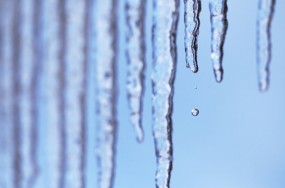
Subzero Nights In The Twin Cities. Based on data from NOAA and the Minnesota State Climatology Office, MSP sees an average of roughly 30 nights/winter with temperatures at, or below zero. The average number of subzero nights for the last 10 winters is 16.8. Number of subzero nights:
2010-2011: 18
2009-2010: 14
2008-2009: 34
2007-2008: 26
2006-2007: 16
2005-2006: 6
2004-2005: 13
2003-2004: 15
2002-2003: 24
2001-2002: 2* (fewest ever recorded in modern-day records).
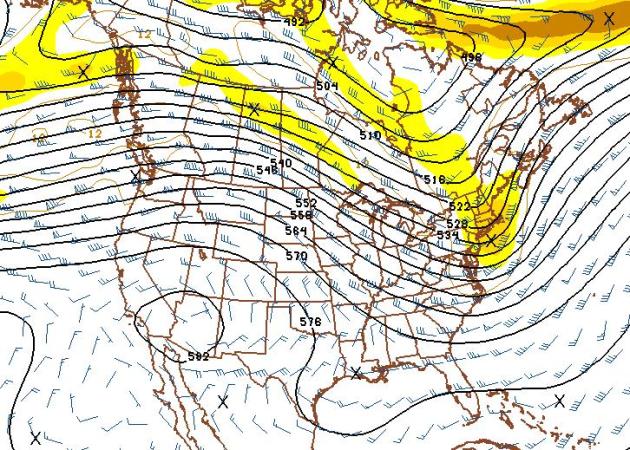
A Year Without A January. O.K. Yes, it's January, but the maps don't look anything like any January I can ever remember. The 500mb (18,000 foot) GFS forecast valid midday January 23 looks more like early April,the pattern over North America overwhelmed by unsually strong "zonal" winds from the Pacific; bitter air remaining bottled up over far northern Canada. Yes, it's going to cool off later this week, but another warming trend is likely by the 4th week of January. I've run out of superlatives. I'm simply dazed and amazed.

Brown January. It's still January, right? There for a moment I thought I might have overslept, and woke up in late March. I can usually gauge the severity of a winter by a). how much sand has accumulated in my garage (answer: none), b). the condition of my shoes (not streaked with salt and gunk), and c). the color of my vehicle (it's still silver, not buried under layers of crud). This must be what it's like to go through winter in Arkansas, or maybe Oklahoma City. At the rate we're going this may wind up being the most remarkable winter since 2001-2002, when only 2 subzero nights were reported in the metro area.
Temperature Departure From Normal In The Twin Cities (NWS data):
January 2012: +11.9 F.
December 2011: +8.1 F.
November 2011: +5.5 F.
October 2011: +6.4 F.

An Early Case Of Spring Fever? Tuesday forecast highs above courtesy of Ham Weather. Temperatures Monday and Tuesday should climb into the 40s, more 50s possible south/west of the Minnesota River Valley - typical for late March or early April. It just keeps getting stranger and stranger...
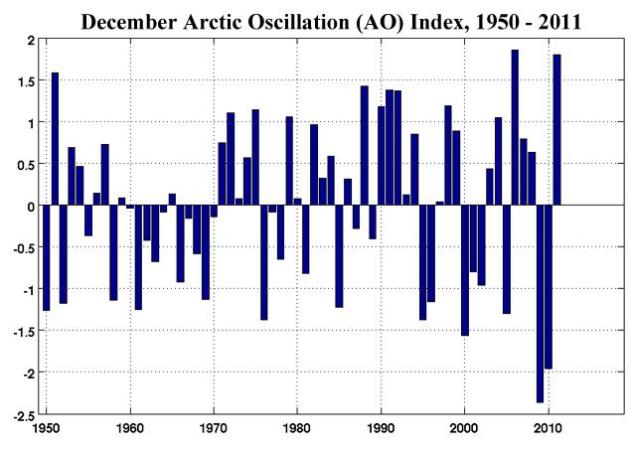
Remarkably Dry And Warm Winter Due To Record Extreme Jet Stream Configuration. Something is up with the jet stream - changes that have meteorologists scratching their heads in wonder. 4 of the last 6 winters have seen record AO and NAO indices. Weather Underground's Jeff Masters has a fascinating post explaining what's going on, but the whys are still very much up in the air: "The cause of this warm first half of winter is the most extreme configuration of the jet stream ever recorded, as measured by the North Atlantic Oscillation (NAO). The Arctic Oscillation (AO), and its close cousin, the North Atlantic Oscillation (which can be thought of as the North Atlantic's portion of the larger-scale AO), are climate patterns in the Northern Hemisphere defined by fluctuations in the difference of sea-level pressure in the North Atlantic between the Icelandic Low and the Azores High. The AO and NAO have significant impacts on winter weather in North America and Europe--the AO and NAO affect the path, intensity, and shape of the jet stream, influencing where storms track and how strong these storms become. During December 2011, the NAO index was +2.52, which was the most extreme difference in pressure between Iceland and the Azores ever observed in December (records of the NAO go back to 1865.)"
Graphic above: "The December Arctic Oscillation (AO) index has fluctuated wildly over the past six years, with the two most extreme positive and two most extreme negative values on record. Image credit: NOAA/Climate Prediction Center." Courtesy of Weather Underground.
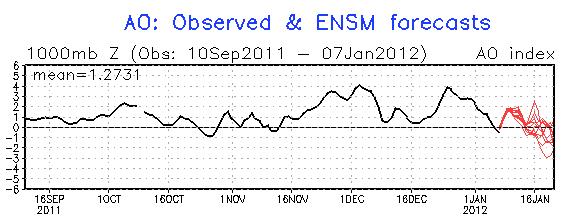
Arctic Oscillation: Hints Of Colder Air. The "AO" has been strongly positive for much of the last 3 months, but is predicted to drop off to, or even below, zero after January 16 or so. Positive AO's correlate with strong westerly winds and bitter air remaining dammed over northern Canada, a negative AO corresponds with bitter cold (and frequent snows). Until and unless the AO and NAO (North Atlantic Oscillation) drop well below zero, and stay there, it may be tough to get sustained cold and snowy weather into the Lower 48 States. Graph courtesy of NOAA's Climate Prediction Center, where (if you're really bored beyond recognition you can read more about the AO and NAO).

2011: Minnesota Weather In Review. After a wet, stormy start precipitation went off a cliff in August, the start of the drought we're still experiencing, statewide. For more details click here; graphic courtesy of the Star Tribune.
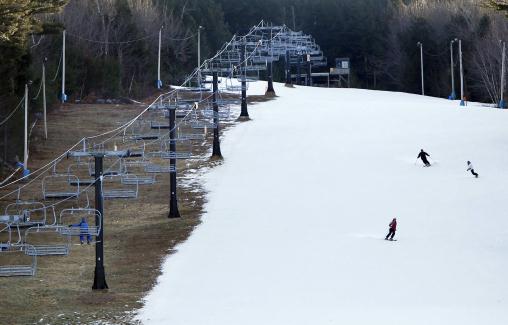
Tough Times For Ski Resorts. "Man-made snow coats a ski run but barren ground remains under a chairlift at Shawnee Peak ski area, Thursday, Jan. 5, 2012, in Bridgton, Maine. Across much of the Northeast most natural snow has either melted or been washed away by rain. (AP Photo/Robert F. Bukaty)."
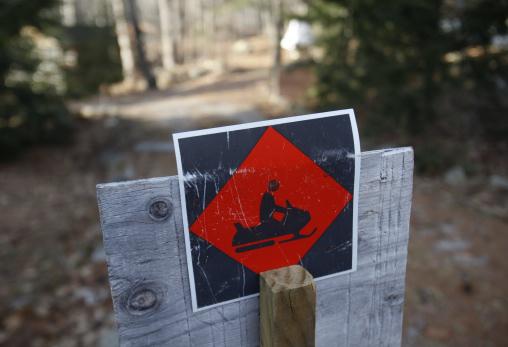
Bleak Outlook For Snowmobilers. Hey, I sympathize. I have 2 Polaris sleds in my garage, collecting dust and cobwebs. Misery loves company; it turns out there's precious little snow anywhere over the Lower 48 right now. "A snowmobile trail sign marks a trail, Thursday, Jan. 5, 2012, in Bridgton, Maine. Snow lovers are still waiting for the white stuff throughout much of the Northeast. (AP Photo/Robert F. Bukaty)."
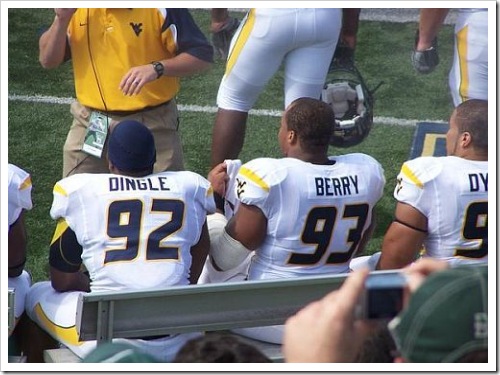
"Baseball players are smarter than football players. How often do you see a baseball team penalized for too many men on the field?" - Jim Bouton
* photo above courtesy of TWHS, thewifehatessports.com.


Record Warmth For New York City Area.
61 F. Kennedy, New York (old record was 56 in 2007).
62 F. LaGuardia, New York (old record was 62 set in 1946).
61 F. Islip, New York (old record was 55, in 2007).
64 F. Newark, New Jersey (breaks old record of 63 set in 2008).
55 F. Bridgeport, CT (tying record set in 2007).

A Deal On Snow Shovels? "A man walks by a line of snow shovels for sale at a Reny's store, Thursday, Jan. 5, 2012, in Bridgton, Maine. Across much of the Northeast most natural snow has either melted or been washed away by rain. (AP Photo/Robert F. Bukaty)."

Old Man Winter: Pulling His Punch? Or "The Incredible Shrinking Cold Front." Every computer run looks less and less impressive in terms of cold air. The latest long-range (GFS) model guidance doesn't look nearly as forbidding as earlier runs, hinting at highs rebounding into the 30s, possibly even some 40s returning by January 20-21. Incredible for late January, a reflection of an amazingly stubborn wind flow from the Pacific.
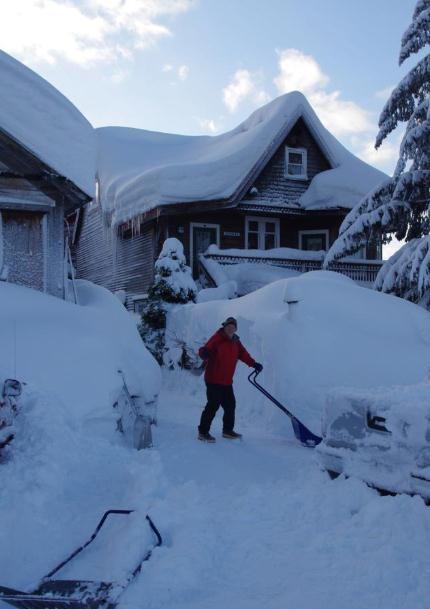
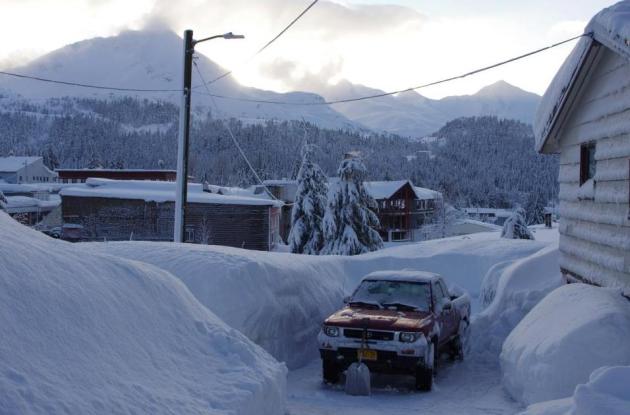
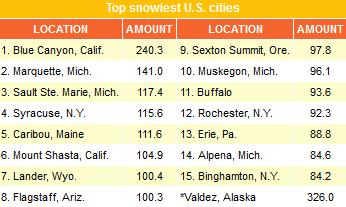
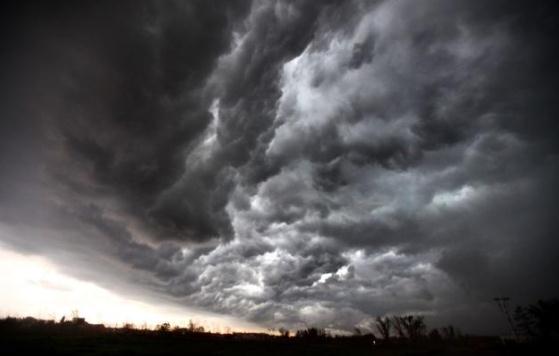

Agency Ranks 2011 As Driest Year Ever For Texas. Details from the AP: "HOUSTON (AP) -- The National Weather Service says 2011 was Texas' driest year on record as well as its second hottest. The agency said Friday the average rainfall for the drought-stricken state last year was 14.88 inches. The previous driest average total was in 1917 with 14.99 inches. The weather service says 2011's average temperature was 67.2 degrees. Texas' warmest year on record was in 1921 with an average temperature of 67.5 degrees."
Photo credit: "In this Aug. 3, 3011 file photo, the remains of a carp is seen on the dried out lake bed of O.C. Fisher Lake in San Angelo, Texas. (AP Photo/Tony Gutierrez, File)"
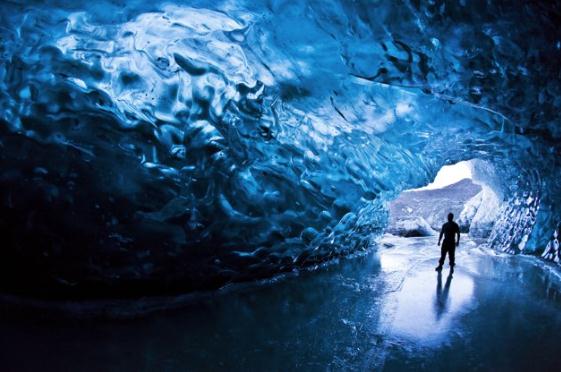
Photo Of The Day: Ice Cave. From Yahoo News: "Melting water creates these marble-like ice caves in the Vatnajokull ice flow in Iceland. A photographer braved freezing conditions to capture the caverns, which can be deadly because of the shifting ice. “The glaciers are constantly moving and changing their formation,” said the photographer. (Photo: Skarphedinn Thrainsson / Caters News)"
"I drive way too fast to worry about cholesterol." - author unknown

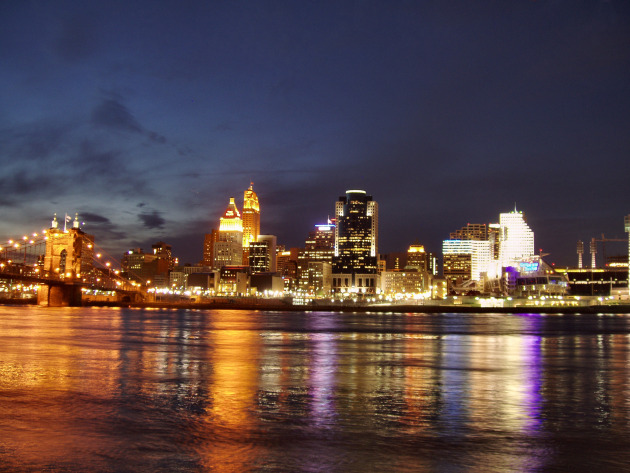
An Historic January
"We're having a Cincinnati winter" Stacy Hyre shouted, clapping her hands in glee during a recent dinner. The Hyres just moved here from Ohio, where friends had warned them to expect a cruel winter. Not this year. According to the Minnesota State Climate Office there has never been a report of 60s during the first week of January, until 2012. Historic. Unprecedented. 19% of America is now snow-covered, compared to 48% last year at this time.
For the first time in 30 years the Back Bowls of Vail can't open - there's no snow. Yesterday brought mid 60s to New York City. It would be unwise to write off winter entirely, but the longer I stare at the March-like maps, the more it looks like an abbreviated winter this time around.
In spite of a colder front later this week (closer to average) I still don't see any subzero temperatures for MSP. A typical winter brings about 30 nights below zero. Looking at the last 10 winters the average has been 16.8. Call me crazy, but I detect a trend.
Highs approach 40 today, mid 40s by Monday and Tuesday. It'll feel like January on Thursday; a thaw next Saturday, 30s and 40s return the last week of January. No big storms in sight.
Downright stupefying.
Climate Stories...

Photo credit above: "Norwegian Minister of Foreign Affairs, Jonas Gahr St re Photo: Handout / HC."
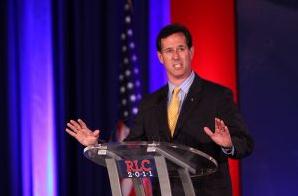
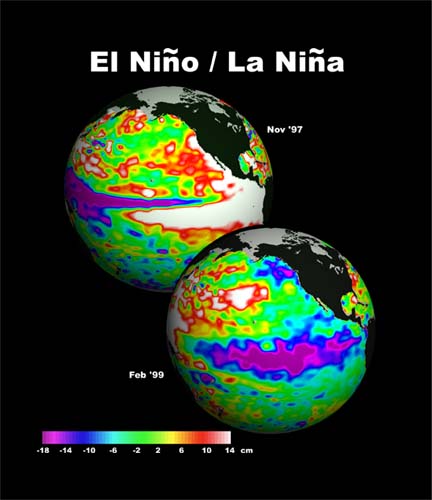
While leading climate scientists are unable to pin any single flood or heat wave solely on climate change, experts say the number of extreme weather events is increasing worldwide and the evidence suggests global warming is having an impact. Wildfires are raging in Chile during an atypical heat wave, and northern Mexico is suffering from its worst drought in 70 years of record-keeping. A second straight season of heavy rains in Colombia killed at least 182 people, destroyed more than 1,200 homes and caused an estimated $2 billion in damage in the past four months."

